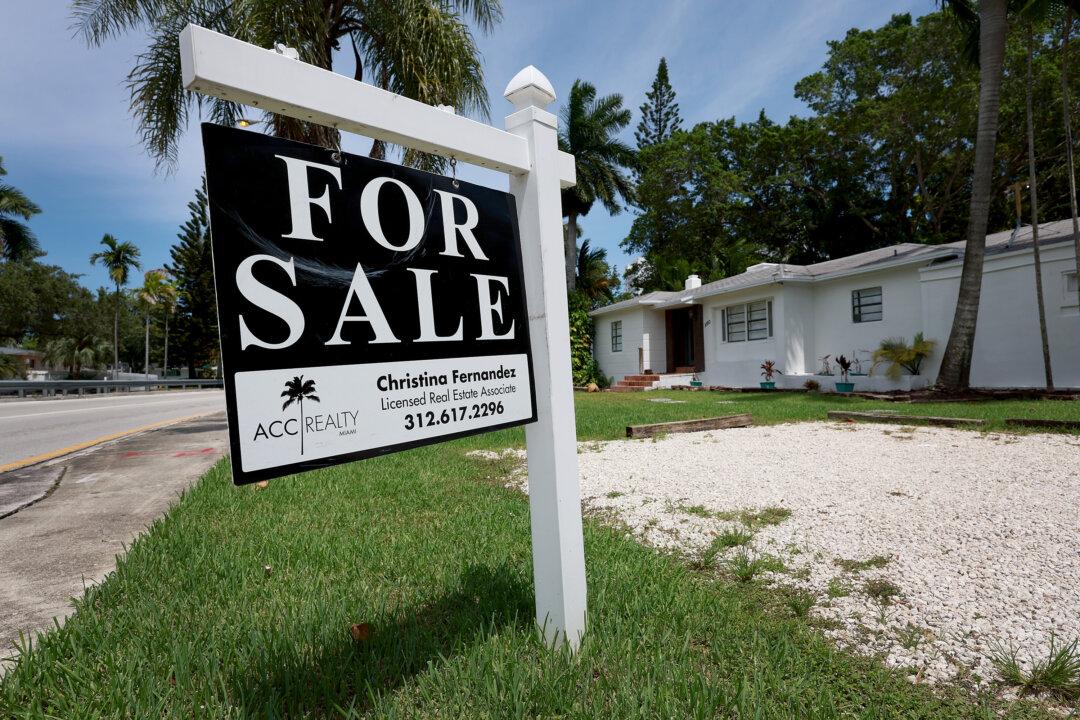U.S. home prices have suddenly jumped after seven months of declines, according to a recent report.
Home prices rose 0.16 percent nationally in February compared to January, when adjusted for seasonality, according to Black Knight’s latest Mortgage Monitor Report from April 3.





